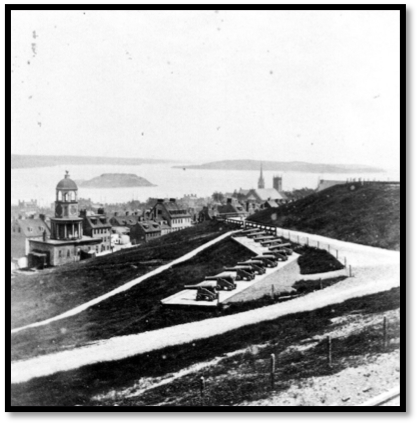Lessons on the three Rs: Remember, Resistance, and Resilience – the Trelawny Town Maroons

History silently weaves its way into each of our lives. We rush past statues that mark our landscape with molded history and hardened into place or a street is named after the family that lived there or a British city across the ocean.
Citadel Hill is one of the most identifiable landmarks in Halifax. As a national historic site, most days people can visit and walk among young people dressed as British soldiers. Yet in the Citadel stands a monument (hidden in plain sight) to the contributions of people of African descent to the province’s heritage and culture. This week we will remember the lives of the Trelawny Town Maroons.
The Trelawny Town Maroons from Jamaica arrived in 1796, just in time to help protect the city of Halifax during a pivotal point in the Napoleonic War. For more than 150 years before arriving in Nova Scotia, generations of maroons had resisted enslavement in Jamaica. After the Second Maroon War, they were forcibly migrated to Nova Scotia in violation of the terms of their peace treaty with the British.
Historians from the 1800s admitted that the Trelawny Town Maroons made important contributions to Citadel Hill. Modern historians note the strategic, intentional, and imaginative resistance of the Maroons, who refused to be divided as a community and creatively exercised the limited power they possessed, to urge the British government to relocate them to a more temperate location. The desire was granted and three ships took the majority of Maroons to Sierra Lone. There, the Maroons served an important role in building up their new home and teach us that there is always power in community. And though it came at great costs, they never gave up the fight for self-determination over their own lives.
Sources:
- Beneath the Clouds of the Promised Land: The Survival of Nova Scotia’s Blacks: vol 1 1600 – 1800, Bridglal Pachai.History of the Townships of Dartmouth and Prestons, Mrs. William Lawson
- https://maroonconnection.blogspot.ca/p/brief-history-of-trelawny-town-ma...
